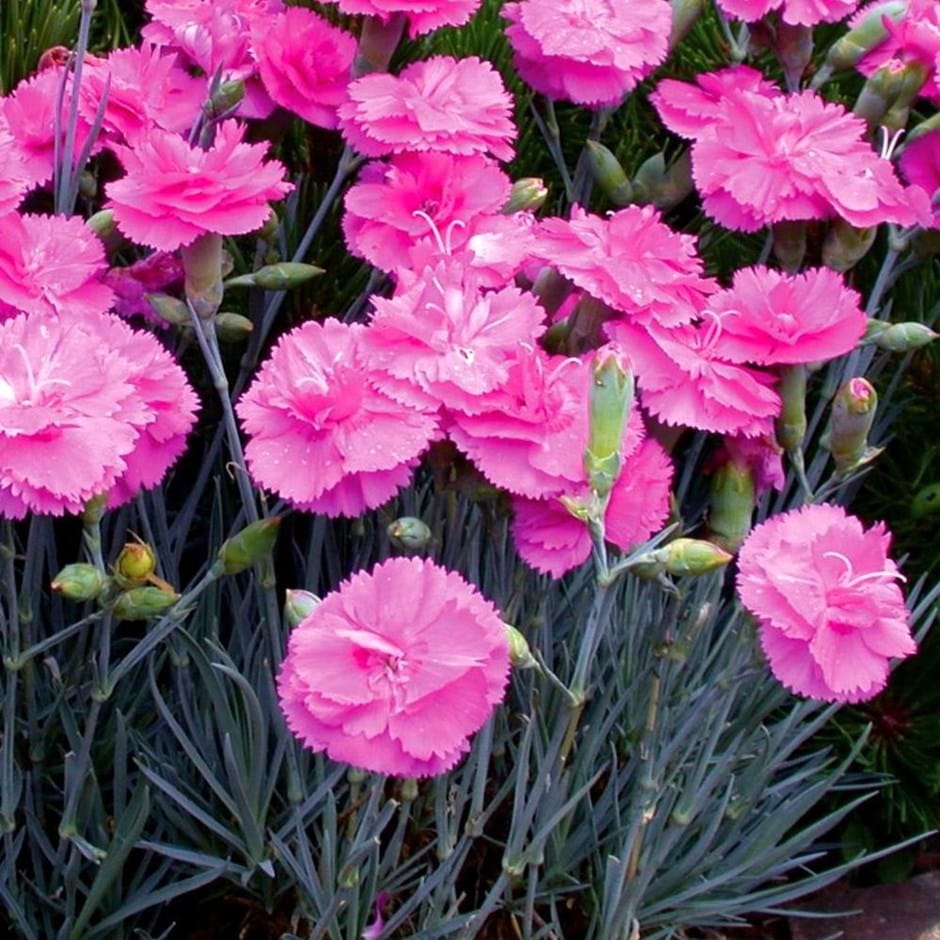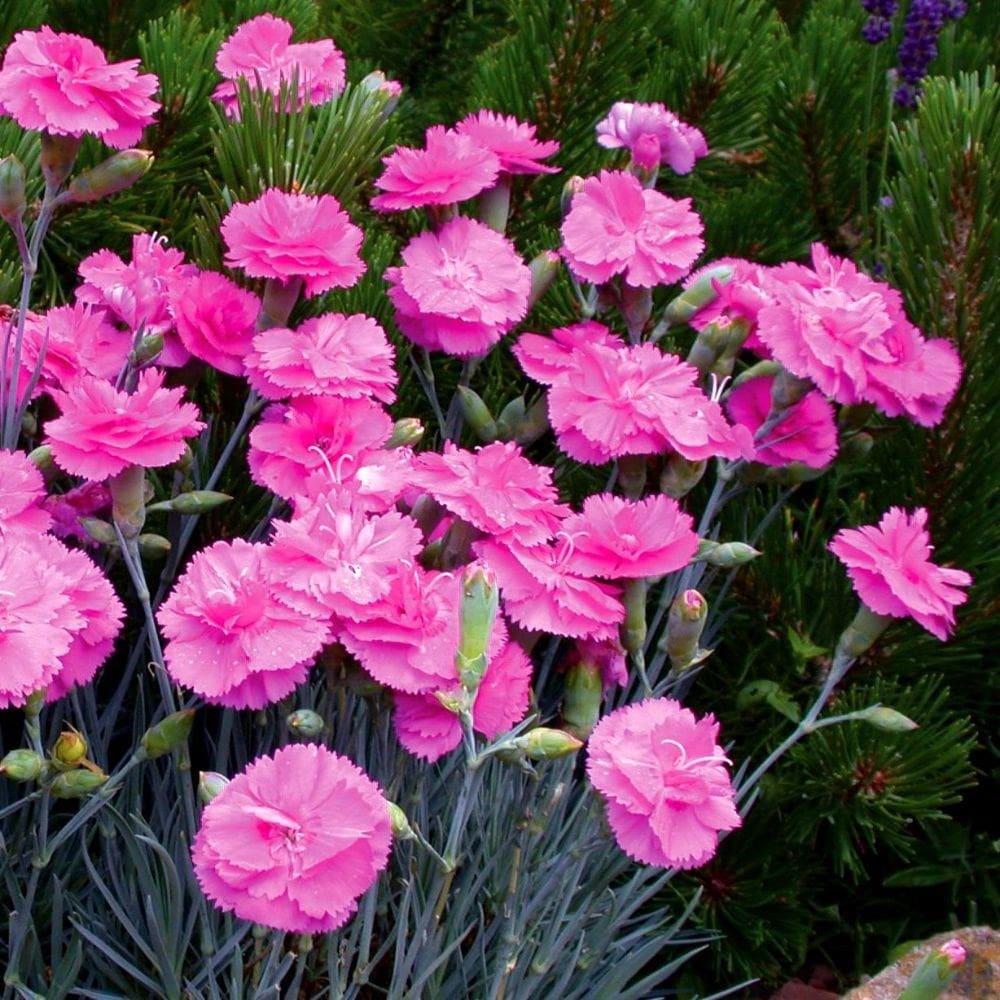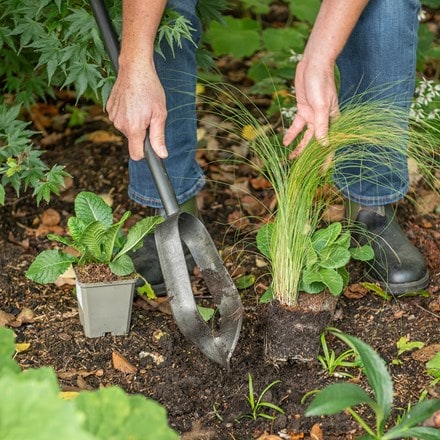Dianthus Tickled Pink ('Devon PP 11') (Scent First Series) (PBR)
pot pink
- 9cm pot
- £7.99
- In stock (shipped within 2-3 working days)
- 3 × 9cm pots
- £17.99 £6.00 each
- In stock (shipped within 2-3 working days)
Delivery options
- Standard £5.99
- Position: full sun
- Soil: rich but well-drained, alkaline to neutral
- Rate of growth: average
- Flowering period: May to August
- Hardiness: fully hardy
If dead-headed regularly, this border pink will flower prolifically flowering throughout the summer. The flowers of Dianthus Tickled Pink are a bright and cheerful, and they also have a delicious clove-like scent. Try to plant them near a path or entranceway if possible for maximum effect.
Dianthus thrives in well-drained, alkaline soil enriched with well-rotted manure or garden compost. When planting, choose a sunny location with good air circulation. Space plants 30cm (12in) apart to allow for growth. Water deeply but infrequently (rather than little and often) to encourage deep root development, especially during dry spells.
In spring, apply a balanced granular fertiliser to promote healthy growth and abundant blooming. Mulch around the plants to retain moisture and suppress weeds, but keep the mulch away from the plant's crown to prevent rot. In areas with harsh winters, provide a light mulch for protection.
Deadhead regularly to extend the blooming period and maintain a tidy appearance. After the main flowering period, trim back lightly to promote new growth at the base of the plant.
In spring, as new shoots emerge, prune more closely to maintain a compact, tidy shape. This pruning regime helps rejuvenate the plant and encourages fuller, more vigorous growth.
In spring, apply a balanced granular fertiliser to promote healthy growth and abundant blooming. Mulch around the plants to retain moisture and suppress weeds, but keep the mulch away from the plant's crown to prevent rot. In areas with harsh winters, provide a light mulch for protection.
Deadhead regularly to extend the blooming period and maintain a tidy appearance. After the main flowering period, trim back lightly to promote new growth at the base of the plant.
In spring, as new shoots emerge, prune more closely to maintain a compact, tidy shape. This pruning regime helps rejuvenate the plant and encourages fuller, more vigorous growth.
- Humans/Pets: Skin allergen



